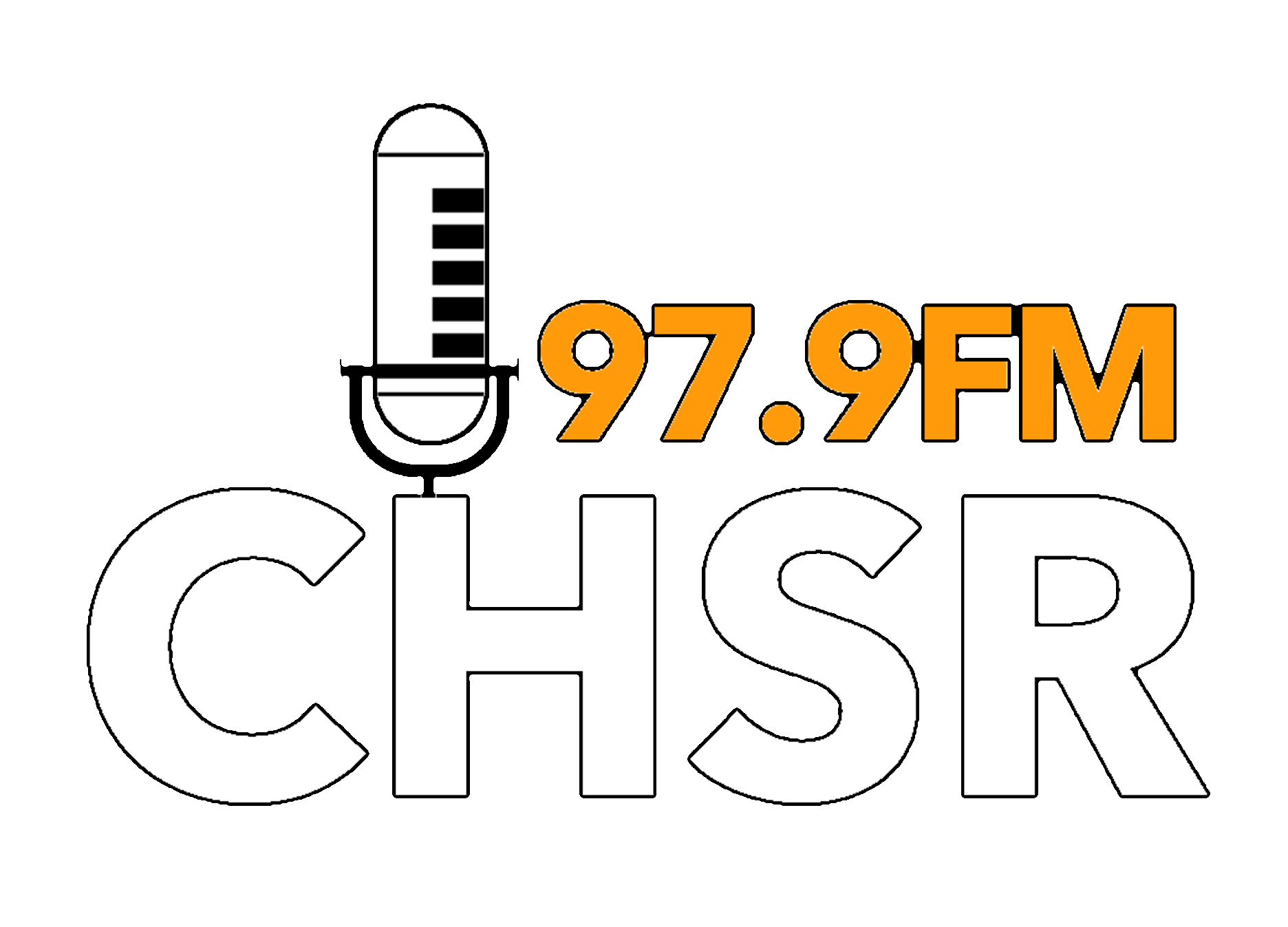In January of 2025, the University of New Brunswick’s Radio and Space Physics Lab (RSPL) published ground breaking research that determined that low-cost global navigation satellite system (GNSS) receivers collected data comparable in quality to high-cost receivers. Dr. Anton Kashcheyev explained that GNSS receivers send and receive frequencies to satellites through the earth’s atmosphere that are most often used for global positioning systems (GPS). Scientists also use GNSS receivers to monitor changes in the ionosphere, which is a part of the atmosphere from 80 kilometers to 1000 kilometers above the earth’s surface. Changes in the ionosphere affect the accuracy of GPSs, so understanding and predicting the ionosphere makes GPSs and other devices that rely on GNSS more effective. Scientific grade GNSS receivers are expensive and inaccessible to scientists without large research budgets. Anton and scientists from the RSPL created a network of consumer grade, low-cost receivers by installing them on the roofs of public schools around New Brunswick. The RSPL then observed changes in the Ionosphere during the 2024 eclipse and compared that data to data collected by scientific grade equipment, finding that both had similar levels of accuracy. Anton hopes that this research will allow increased access to atmospheric science for scientists in countries and institutions with small research budgets.
Podcast: Play in new window | Download
Subscribe: Google Podcasts | RSS | More


